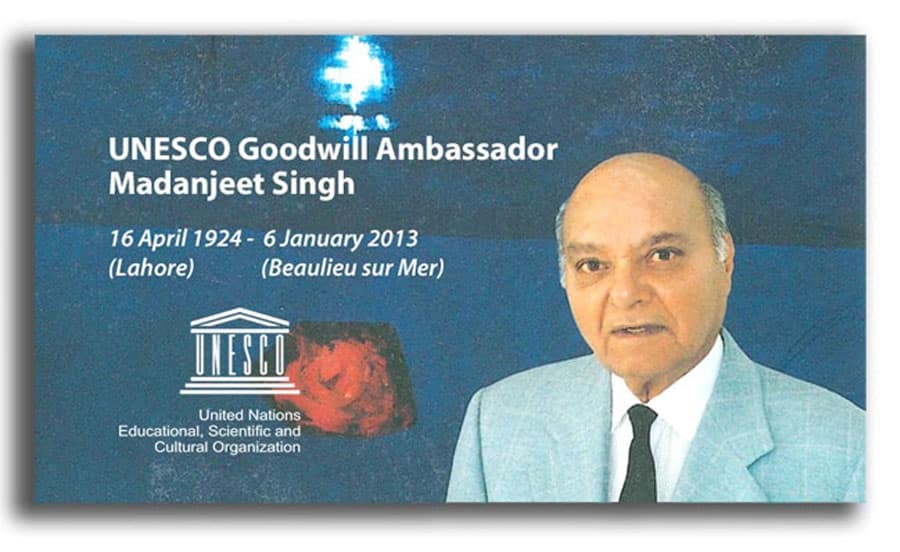“Non-violence is not a garment to be put on and off at will. Its seat is in the heart, and it must be an inseparable part of our being”
– Mahatma Gandhi

What is International Day for Tolerance?
The history of this important day started when the UN General Assembly set the goal of raising public awareness about tolerance and fundamental human rights. For this purpose, in 1995, UNESCO issued the Declaration of Principles on Tolerance for all institutions, governing bodies, as well as the general public:
“Tolerance is respect, acceptance and appreciation of the rich diversity of our world’s cultures, our forms of expression and ways of being human.”
– UNESCO’s 1995 Declaration of Principles on Tolerance.
That day in 1995 was November 16.
The Declaration defines the concept of tolerance. Tolerance is neither indulgence nor indifference. It means the recognition of universal human rights and freedoms. It means everybody’s right to be different and be accepted. It means mutual respect and appreciation of the world’s diverse cultures. The Declaration emphasises that the global human society can survive and thrive only with tolerance.
In 1996, The UN General Assembly adopted Resolution 51/95 and prescribed all The Member States celebrate the International Day for Tolerance on November 16th. The Day has been observed annually ever since, and it serves us as a reminder that tolerance must be an inalienable part of human society.
In addition, UNESCO announced the UNESCO-Madanjeet Singh Prize for the Promotion of Tolerance and Non-Violence. The first prize of US $100,000 marked the United Nations Year for Tolerance 1995 and the 125th anniversary of the birth of Mahatma Gandhi. It has been inspired by the proclamation in the UNESCO’s Constitution:
“peace, if it is not to fail, must be founded on the intellectual and moral solidarity of mankind”.
Every two years, the Prize recognises and rewards individuals and organisations for outstanding achievements in promoting tolerance and non-violence through scientific, artistic and cultural initiatives worldwide.

What is tolerance?
Classic definition
Sociologists and psychologists have studied the idea of tolerance for a long time. One of the first definitions in the philosophical and political science literature is forbearance and putting up with something one disapproves of or is negative about (Cohen, 2004; King, 2012).
Tolerance implies self-control driven by a moral norm. For example, someone may personally disapprove of religious practices, such as the slaughter of animals, but has to accept those for a stronger, moral reason – a human right for religious freedom.
Moral norm is a key aspect that sets boundaries: not everything can be accepted. Injustice, violence, and oppression deviate from the universal moral norm in a non-tolerable way (Cohen, 2004).
However, this definition, which seems reasonable at first glance, has its pitfalls, which make the modern definition of tolerance more correct and relevant today.
Modern definition
The modern understanding of tolerance is openness, being well disposed toward cultural others, or having a generally positive attitude toward them. Hence, a tolerant person is appreciative, open-minded, and “on friendly terms with all sorts of people” (Allport, 1954; Hjerm et al., 2019).
In contrast to the classic definition, a person is tolerant not when they endure things, beliefs and practices that they dislike in others, but rather when they initially disapprove of a little.
Tolerance is an inherently positive attitude to diversity. And intolerance is linked to dogmatism, closed-mindedness, and prejudice.
So, how can we show support?
There are many ways in which our communities can support International Day for Tolerance. Education is key, and you can choose activities accordingly. Provide a space to learn about similarities and differences between communities. After all, it is the day when we are encouraged to educate ourselves and each other and learn how to practice solidarity between ethnic, social and cultural groups.
References
Allport, G. W. (1954). The nature of prejudice. Addison-Wesley.
Cohen, A. J. (2004). What toleration is. Ethics, 115(1), 68–95.
Hjerm, M., Eger, M. A., Bohman, A., Connolly, F. F. (2019). A new approach to the study of tolerance: Conceptualizing and measuring acceptance, respect, and appreciation of difference. Social Indicators Research, 147, 897–919.
King, P. (2012). Toleration. Routledge.
